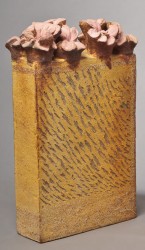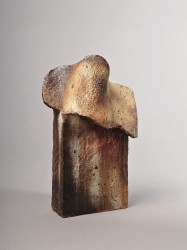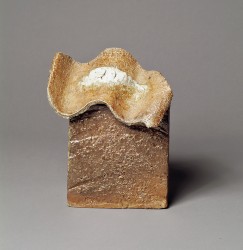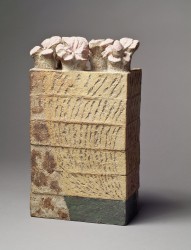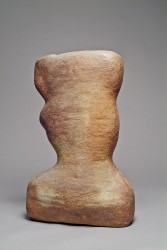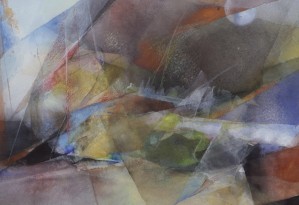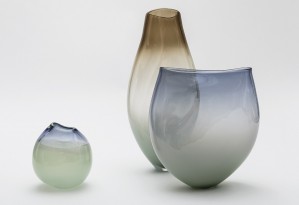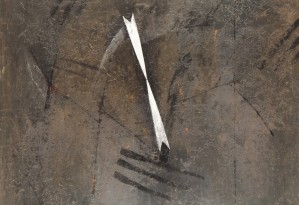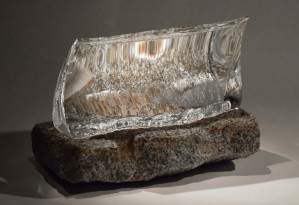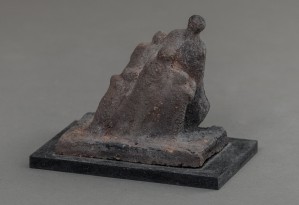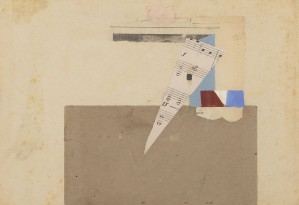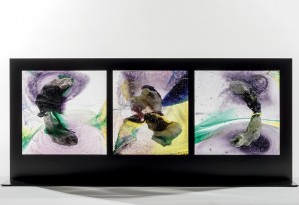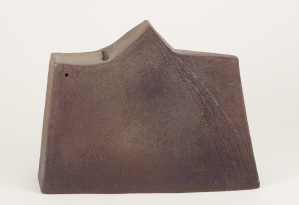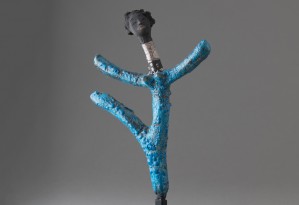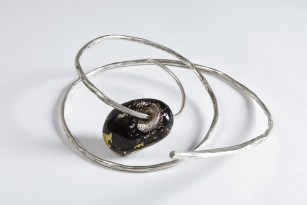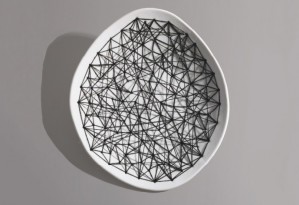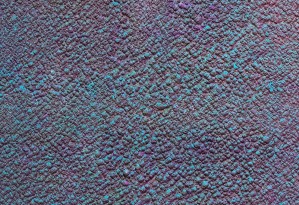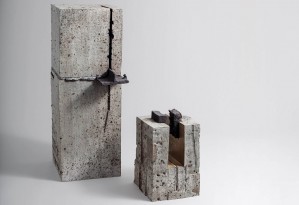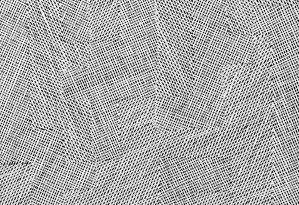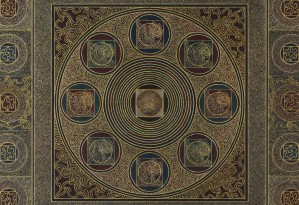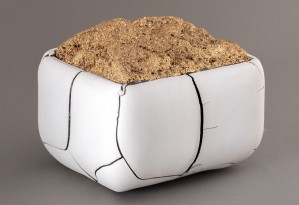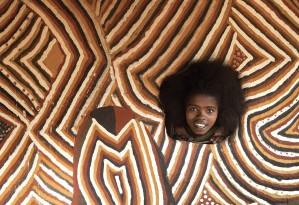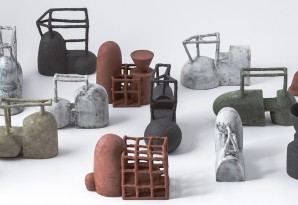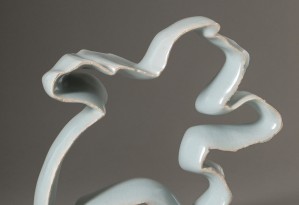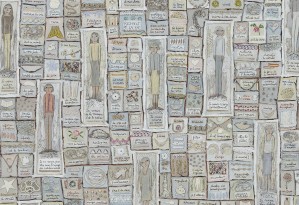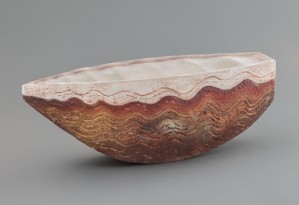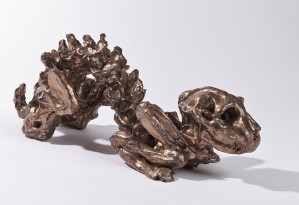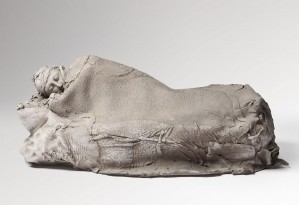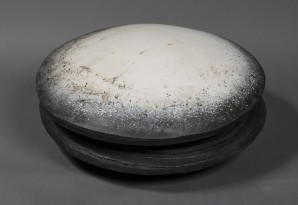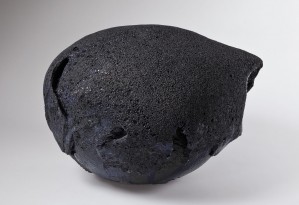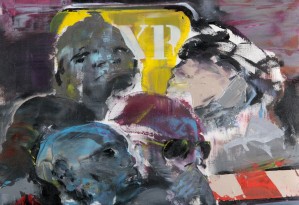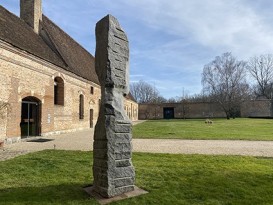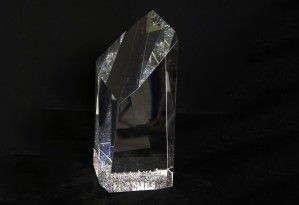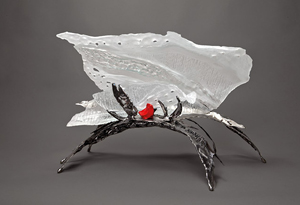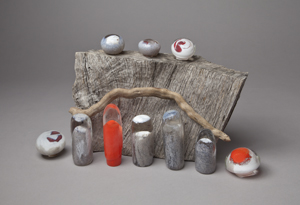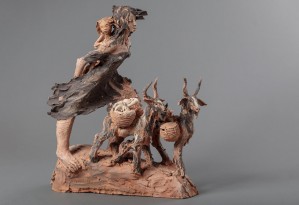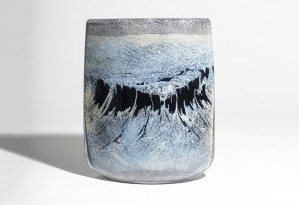LERAT Jean, ceramic, permanent artist of Galerie Capazza since 2012
“It is fundamental that beauty and meaning depend on the person who look at the piece as much as the quality of the work. The artist has the right to be misunderstood, privilege that «the official artist» refuses by his will to set up in advance the way people will perceive his work.
Modestly assuming their function, but always overflowing when they are admired, the ceramics of Jean and Jacqueline Lerat oppose the demanding nature of relationship to the whims of actuality...
Bernard Noël, extract of the book Jean et Jacqueline Lerat, éditions Galerie Capazza
Biography
Jean Lerat’s family is an old family from Berry (French province), where you can find farmers, cabinet makers, horse breeders, Antique dealers. Jean starts at the Fine Arts school in Bourges to learn wood sculpture. Then, he concentrates on sculpture, drawing and landscapes painting. The encounter with François Guillaume will change his life. Dealer, designer and crockery editor in Bourges since the 30’s, he has a lot of contacts with the ceramics and glass factories which realize his models for the French restaurants. He asks Jean Lerat to work in La Borne in 1941, to “renew the pottery tradition fo the village”. He rents a workshop and asks Armand Bedu to supply Jean with the needed materials and to fire the pieces that will be sold in the shop.
In December 1942, Jean Favière, who works at the Berry Museum, and Henri Malvaux, new director of the Fine Arts school in Bourges, start showing interest to the craft productions of la Borne. The village is already renowned by Parisian institutions (Museum of the Decorative Arts, Ceramics Museum of Sèvres…) for its authenticity.
Henri Malvaux asks Jacqueline Bouvet to come to La Borne in July 1943. She is allowed to stay until May 1944 thanks to an agreement with François Guillaume.
Jean and Jacqueline get married on February 3rd of 1945. They will work in the same place, but they will follow a personal path. But they share clay, enamels and firing.
In 1955 they moved to Bourges, building a new wood-firing kiln and beginning to create more sculptural and abstracted works.
While an attentive observation should lead the collector to distinguish their style, they adopt a mutual signature JLERAT from 1945 to 1948, then JJLERAT from 1948 to Jean’s death. After 1992, Jacqueline starts again to sign JLERAT.
Their collaboration in ceramics is considered to be among the most important in postwar
France. Their teaching at the Ecole Nationale des Beaux Arts in Bourges has influenced new generations of potters.
Public collections
Musée national de Kyōto, Japon
Victoria & Albert Museum Londres, Royaume Uni
Musée Cantini, Marseille
Musée des arts décoratifs, Paris
Musée Bernard Palissy, Lacapelle-Biron
Musées de Bourges
Musée de Mâcon
Musée de Sars-Poteries
Musée de Vallauris
Musée national de la céramique, Sèvres
Read moreSelected Exhibitions
2021 Musée des Beaux-Arts de Lyon, France
2016 Three days in London
2013 Exhibition The bestiary of Jean Lerat, La Borne, France
Sèvres, city of ceramics, Musée national, France
2005 Exhibition Contemporary ceramics - 1955-2005, Musée national de la céramique, Sèvres, France
2002 Tribute exhibition to Jean and Jacqueline Lerat, Musée municipal d’art, Baugé.
1994 Tribute exhibition to Jean and Jacqueline Lerat, Maison de la culture, musée du Berry in Bourges, France
1989 Jean and Jacqueline Lerat, Château de Ratilly, France
1984 At the invitation, Musée des arts décoratifs, France
1981 Exhibition Jean and Jacqueline Lerat , la Maison de la culture de Bourges
Exhibition French contemporary ceramic, sources and movements, Musée des arts décoratifs, Paris
1980 The art craft, Musée des arts décoratifs, Paris
1977 Artists artisans, Musée des arts décoratifs, Paris, France
1975 18 artists and clay, Galerie Noella Gest, Saint-Rémy de Provence, France
1972 Contemporary European ceramic, Tokyo, Japan
International ceramics at the Victoria and Albert Museum, London, United Kingdom
1963 Exhibition The french contemporary stoneware, Musée national de la céramique de Sèvres, France
1962 Galerie La Demeure, Bourges
Stoneware of today, from here and somewhere else, château de Ratilly and at the Musée des Arts Décoratifs, France
1960 Decorative art in Tokyo, Japan
Read more
